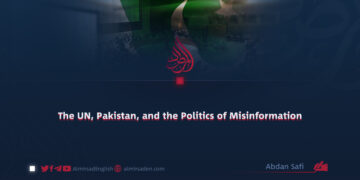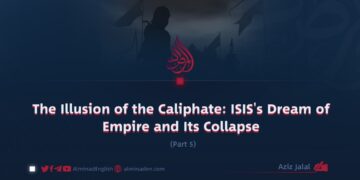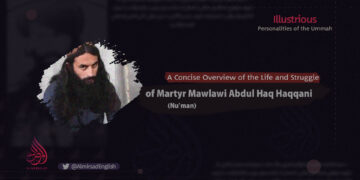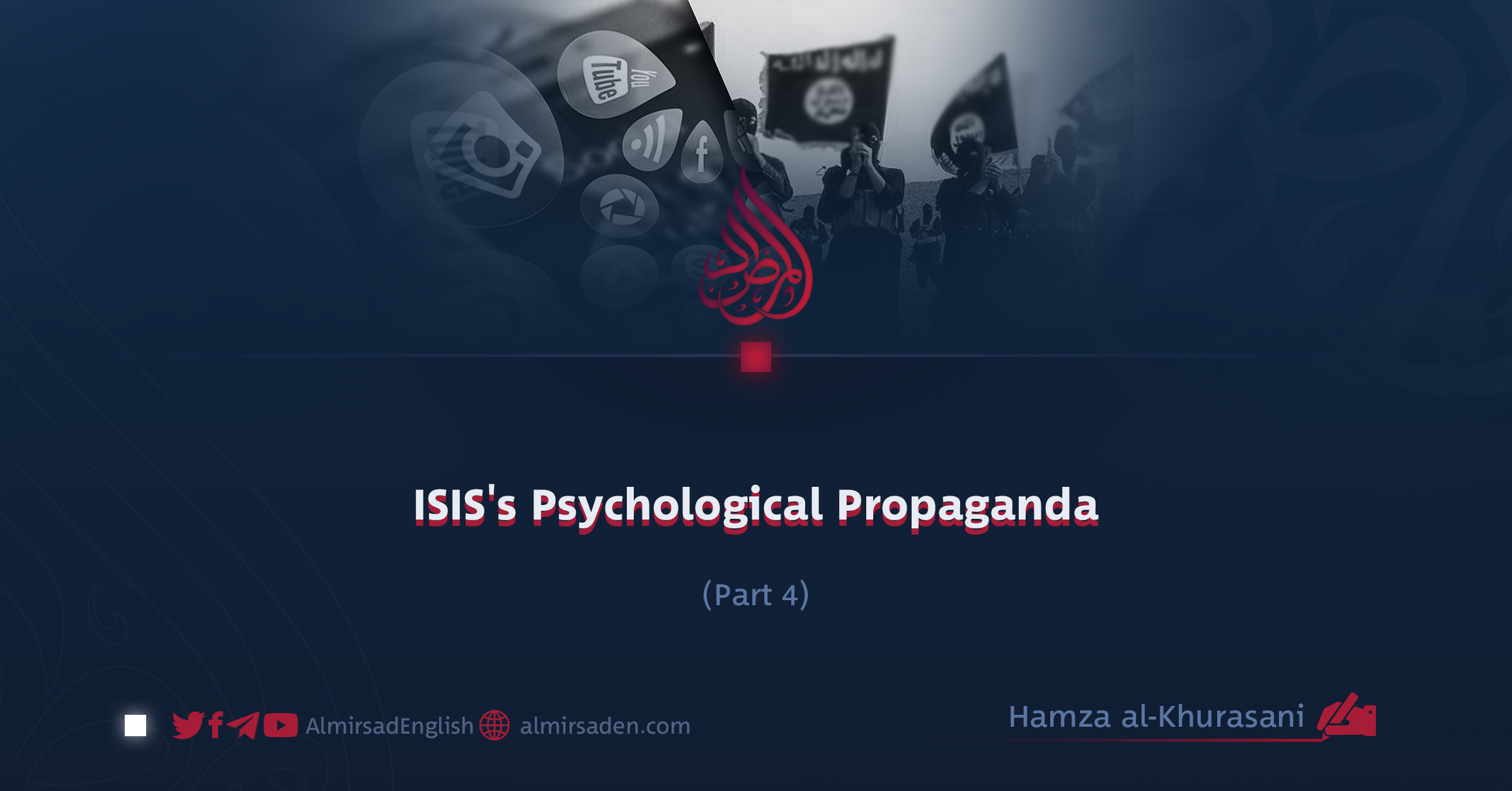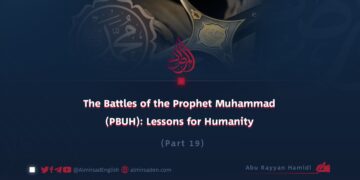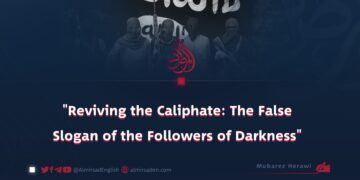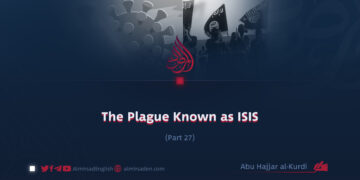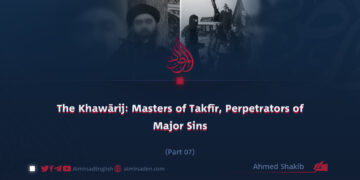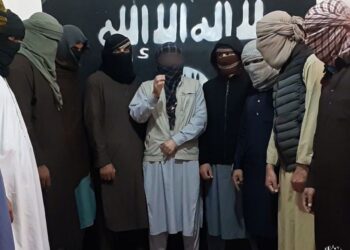Part 4
By Hamza al-Khurasani
How ISIS Weaponized the Idea of the “Caliphate”
In a world where modern media swiftly erases the boundaries between reality and illusion, ISIS exploited these tools with calculated skill to construct a parallel universe. It was a world in which violence was not only normalized but elevated to the level of the “sacred.” At the heart of this propaganda stood the seductive concept of the “Caliphate,” an idea that glittered with deceptive allure, like fool’s gold.
In truth, however, it concealed nothing but violence, killing, looting, and destruction. By preying on the feelings of deprivation and marginalization among Sunni youth in Iraq and Syria, ISIS turned this notion of the Caliphate into an emotional and psychological refuge, inviting followers to pledge allegiance to a counterfeit state.
ISIS militants did not simply wield swords for murder and plunder. With cameras in hand, they transformed those swords into mythical symbols, portraying them as instruments of a supposed “return to past glory.” Yet this was a hollow illusion that, for a short time, gathered together the ignorant and the gullible, training them in nothing but brutality and destruction. Soon enough, the darkness gave way to light, and truth became clear: “Truth has come, and falsehood has vanished.”
But what truly was this so-called Caliphate? Was it a genuine attempt to establish governance based on Islam? The answer, supported by countless proofs, is an unequivocal no. While ISIS members outwardly declared their goal to be the creation of an Islamic state, their actions and conduct revealed the opposite. Their “Caliphate” rested on three fragile pillars: violence as law, fear as governance, and illusion as psychological fuel.
Through a mass production of professional videos, from gruesome executions to staged portrayals of daily life in Raqqa, ISIS sought to craft a grotesque duality. On one side stood limitless brutality, while on the other appeared an idealized image of a peaceful community. This calculated contrast targeted the psyche, fusing fear of victimhood with the desire for belonging in order to ensnare individuals. Even the devastation of war was reframed as a “divine test,” as if every bomb falling on civilians was not the result of ISIS’s crimes but part of their so-called destiny.
The role of social media in this campaign cannot be overstated. From Twitter to Telegram to Facebook, ISIS constructed a global network through which disaffected youth could suddenly see themselves as “soldiers of the Caliphate.” By blending religious language with revolutionary rhetoric, the group manipulated minds into accepting a paradox: killing in order to build.
Women, too, were exploited as propaganda tools. Images of militant mothers handing weapons to their children instead of toys were designed to normalize horror. Yet the truth remained: this Caliphate was never real. Even at the height of its power, it was like wax melting under the heat of reality. Its economy relied on looting and smuggling, its leaders lived in hiding, and its only genuine law was fear and terror.
The collapse of ISIS was not merely the defeat of an extremist group but the unmasking of a colossal lie. The so-called Caliphate could not withstand even the first waves of popular resistance. Still, its psychological wounds endure. A generation raised in the shadow of this illusion now faces a grave challenge: how can those who were taught for years that killing equals sanctity be restored to humanity?
The answer does not lie on the battlefield but in a far more enduring struggle, the battle to rescue minds from the illusion that was sold under the name of the “Caliphate.”



